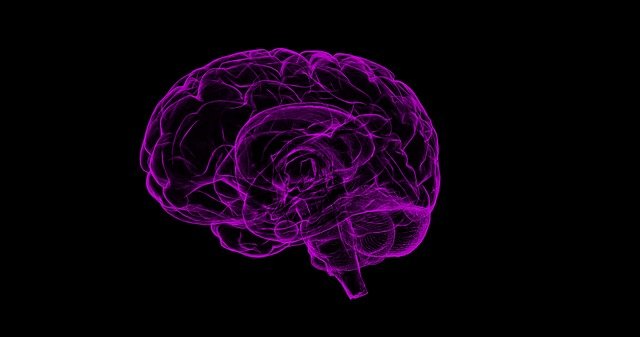Pigs: The solution to organ shortages?
Since the first successful kidney transplant in 1954, human-to-human organ transplantation has remained the best method of treatment for most patients with late-stage organ failure. Although medicine has rapidly advanced since 1954 — including innovations from the insulin pump to CT scans — the fundamental problem of allotransplantation has yet to be resolved: the number […]
Pigs: The solution to organ shortages? Read More »








